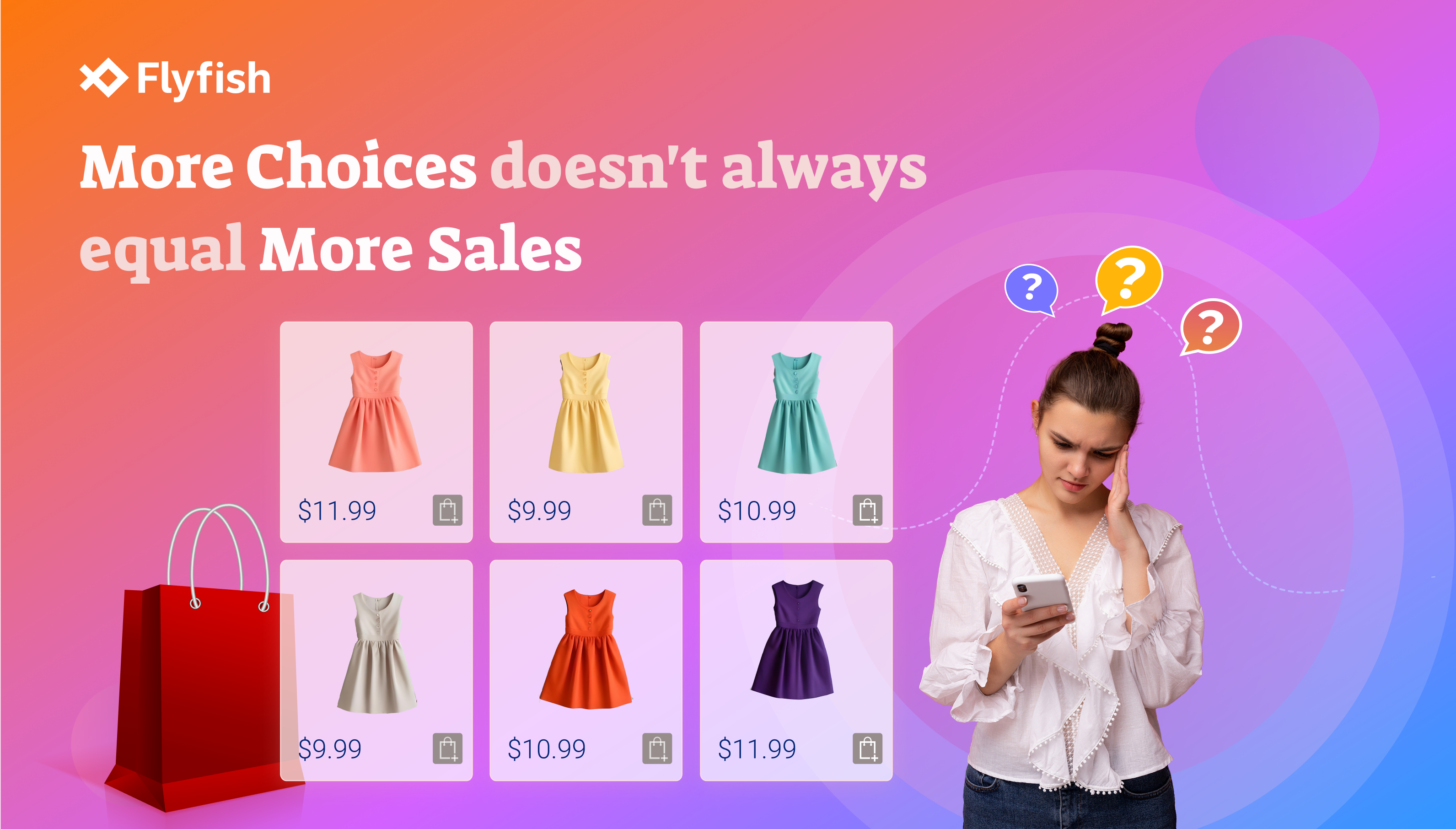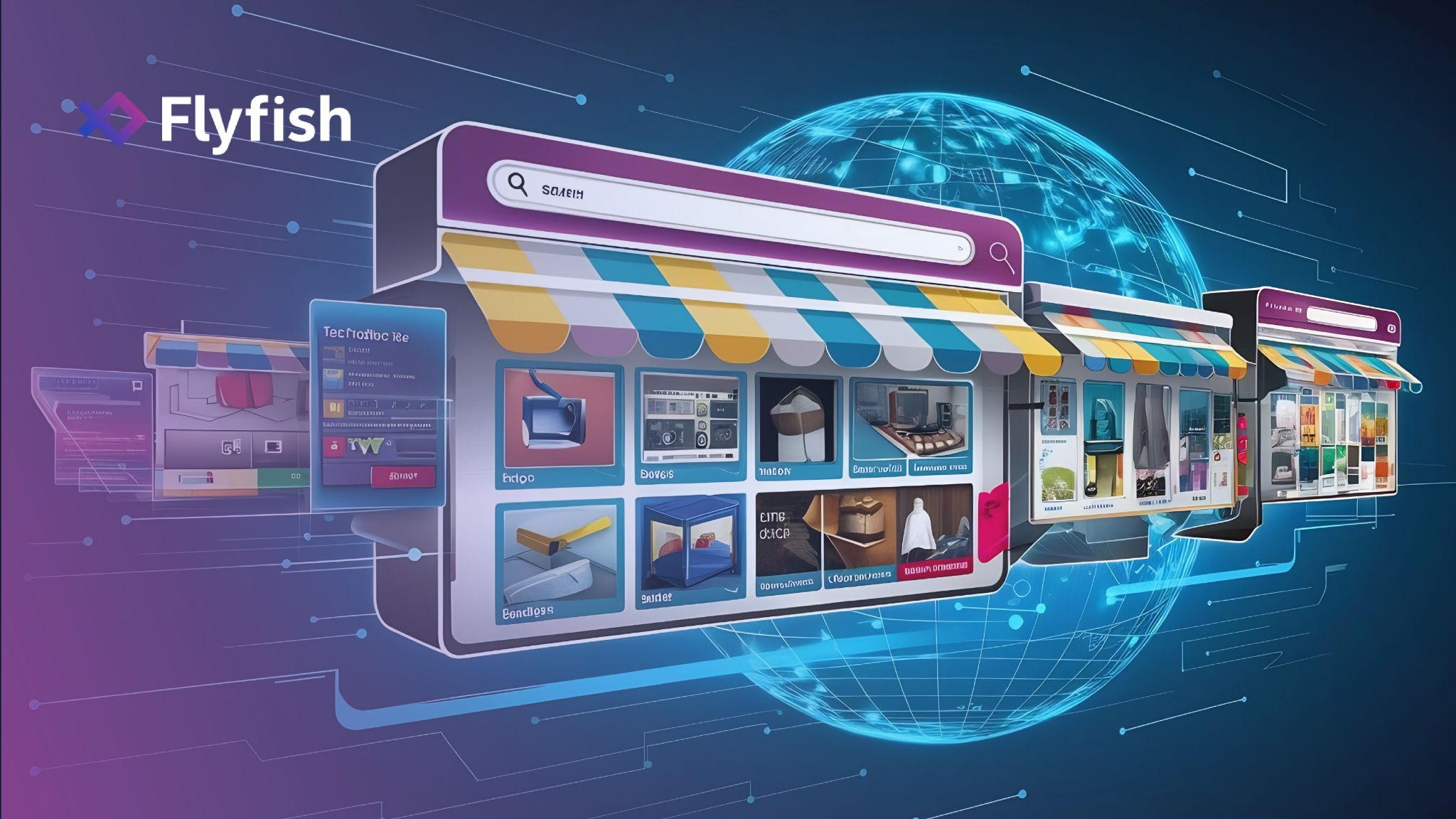E-commerce is evolving at lightning speed, and so are the ways customers search for products. Gone are the days when typing keywords into a search bar was the only option. Today, shoppers can use their voice, images, context, and even multiple languages to find what they need. Let’s dive into how multimodal search is revolutionizing e-commerce and why it’s a game-changer for both brands and shoppers.
What is Multimodal Search?
Multimodal search is a search technology that allows users to search for information using various modes such as text, voice, images, and context simultaneously or interchangeably. This means shoppers can use whatever method is most convenient or effective for them at any given time.
How Does Multimodal Search Work?
Multimodal search leverages advanced technologies like artificial intelligence (AI) and machine learning (ML) to understand and interpret different types of input. Here’s a breakdown of how it works:
- Voice Search: Users speak their queries, and the system processes and understands spoken language to deliver relevant results.
- Visual Search: Shoppers take a picture of an item, and the search engine identifies the object and finds similar products.
- Contextual Text Search: The system uses context clues from the user’s previous interactions to refine and personalize search results.
- Multilingual Search: Users can search in their preferred language, and the system translates and understands the query to provide accurate results.
Why Should E-commerce Brands Care About Multimodal Search?
Multimodal search isn’t just a fancy feature; it’s a powerful tool that can significantly boost customer experience and drive sales. Here’s why e-commerce brands should care:
- Enhanced Customer Experience: By offering multiple search options, brands can cater to different preferences and needs, making it easier for customers to find what they want.
- Increased Engagement: Interactive voice and visual search modes can make shopping more engaging and enjoyable.
- Higher Conversion Rates: When customers find products quickly and easily, they’re more likely to make a purchase.
- Improved Accessibility: Multimodal search can make e-commerce more accessible to people with disabilities or those who speak different languages.
How Customers are Using Multimodal Search in E-commerce
Voice Search: “Hey Alexa, show me red dresses.” Voice search is perfect for quick, hands-free shopping. Whether it’s through smart speakers or mobile devices, more customers are using voice commands to find products. It’s convenient, fast, and growing in popularity.
Visual Search: Imagine seeing a stylish pair of shoes on Instagram and wanting to buy them immediately. With visual search, you can upload the photo to an e-commerce site and find similar products in seconds. It’s a game-changer for discovering items based on visual appeal.
Contextual Text Search: Let’s say a customer frequently searches for “yoga mats” and “yoga clothes.” Contextual text search remembers these preferences and offers personalized suggestions, such as “new yoga gear” or “yoga accessories,” enhancing the shopping experience.
Multilingual Search: In a global market, language should never be a barrier. Multilingual search allows customers to search in their native language, making shopping more inclusive and accessible. For instance, a French-speaking customer can search “chaussures de course” and get accurate results for running shoes.
How can multimodal search improve your e-commerce site’s user experience?
Multimodal search improves user experience by offering diverse ways for customers to find what they need, enhancing convenience and satisfaction. Customers can use voice commands when their hands are full, snap photos to find visually similar products, and search in their preferred language. This flexibility reduces friction in the shopping process, leading to quicker, more accurate searches and a more engaging shopping experience.
What challenges might you face in implementing multimodal search?
Implementing multimodal search can present several challenges, including technical complexity, integration with existing systems, and ensuring data privacy and security. Additionally, there may be a learning curve for customers unfamiliar with new search methods. It’s also crucial to continuously refine the AI and machine learning algorithms to maintain high accuracy and relevance in search results.
How can you educate your customers about the benefits of using multimodal search?
Educate customers through various channels such as email newsletters, in-app tutorials, and blog posts. Create engaging content, including videos and infographics, to demonstrate how to use the different search modes. Provide FAQs and dedicated customer support to answer any questions. Highlight the convenience and efficiency of multimodal search in your marketing campaigns to encourage adoption.
What metrics will you use to measure the success of multimodal search on your site?
Key metrics to measure the success of multimodal search include:
- Search Accuracy: The relevance and precision of search results.
- Conversion Rates: The percentage of searches that lead to purchases.
- User Engagement: Time spent on the site and the number of interactions with search features.
- Customer Satisfaction: Feedback and ratings from users regarding their search experience.
- Bounce Rate: The rate at which visitors leave the site after viewing a single page, indicating search effectiveness.
By tracking these metrics, you can gauge the impact of multimodal search on your e-commerce site and identify areas for improvement.
Benefits of Multimodal Search for E-commerce Brands
- Broader Audience Reach: By supporting multiple languages and search modes, you can cater to a wider audience, including international customers and those with different abilities.
- Rich Data Insights: Multimodal search provides valuable data on customer preferences and behaviors, helping you refine your marketing and product strategies.
- Competitive Edge: Stay ahead of competitors by offering cutting-edge search technology that enhances the shopping experience and meets modern customer expectations.
- Personalization: Tailor search results based on customer history and preferences, leading to more relevant product suggestions and higher satisfaction.
Benefits of Multimodal Search for Shoppers
- Convenience: Search for products in the way that’s most convenient for you—whether that’s speaking, snapping a photo, or typing.
- Efficiency: Find what you’re looking for faster and with less effort, making your shopping experience smooth and enjoyable.
- Discovery: Visual and contextual searches can help you discover new products that you might not have found through traditional text searches.
- Inclusivity: Multimodal search breaks down barriers, making e-commerce accessible to everyone, regardless of language or physical ability.
Implementing Multimodal Search in E-commerce
Ready to bring multimodal search to your e-commerce site? Here’s how to get started:
- Choose the Right Technology: Look for search solutions that integrate seamlessly with your existing e-commerce platform and support various search modes.
- Optimize for Voice Search: Ensure your product descriptions and metadata are optimized for voice queries, which tend to be more conversational.
- Leverage AI and ML: Use AI and ML to improve search accuracy and personalization. These technologies can analyze customer data to provide more relevant results.
- Educate Your Customers: Inform customers about the new search features and how to use them. Create guides, tutorials, and FAQs to make the transition smooth.
- Monitor and Iterate: Track performance metrics such as search accuracy, conversion rates, and customer feedback. Use this data to continuously improve your multimodal search capabilities.
Conclusion
Multimodal search is not just the future of e-commerce—it’s the present. By embracing this technology, e-commerce brands can enhance the shopping experience, increase engagement, and drive more sales. Whether it’s through voice, visuals, or text, offering diverse search options meets customers where they are and how they prefer to shop.
Are you ready to take your e-commerce site to the next level with multimodal search? Start exploring the possibilities today and watch your customer satisfaction and sales soar.




















































